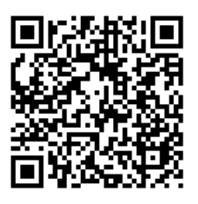Research
Looking for insight and analysis on gold? Our expert team produces market-leading research and macroeconomic commentary on gold.
Looking for insight and analysis on gold? Our expert team produces market-leading research and macroeconomic commentary on gold.











使用微信扫一扫登录
[世界黄金协会]
